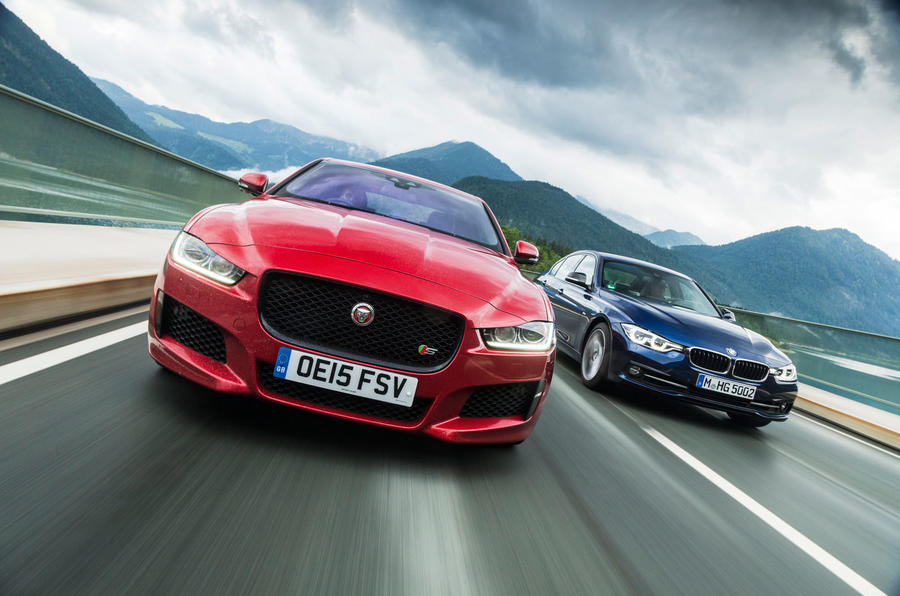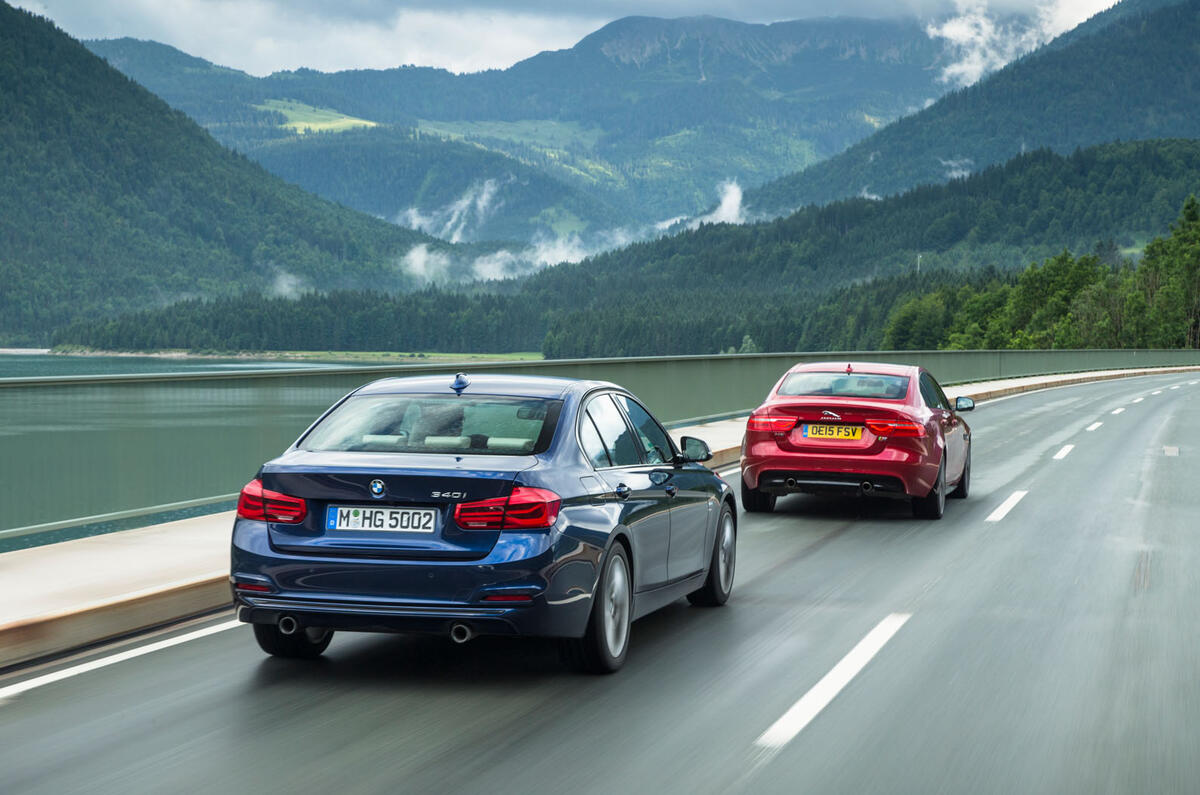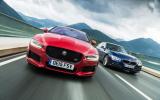The A95 runs south from Munich for about 10 miles before it becomes derestricted. It isn’t one of Germany’s grandest or busiest autobahns – not at mid-morning on a weekday, at any rate, because it arrows straight into the foothills of the Austrian Alps – and southern Germany heads there mostly at the weekends.
So for the rest of the week outside of rush hour, the A95’s two lanes are pleasingly light on traffic and ideal for gathering your first impressions of a brand-new German sports saloon such as the near-£40k, 322bhp BMW 340i.
Cars like this quickly find their niche on the autobahn. Powerplants that might otherwise seem profligate can suddenly bring their talents to bear. Rolling chassis and steering systems tuned to reassure with their high-speed stability and unwavering body control make short work of going fast.
And partly because Germany’s roads are so good, but at least equally because its cars are so well suited to them, you wonder for a little while why any other civilised country in the world should need such an antiquated, anti-libertarian thing as a national speed limit.
So it is with the 340i, right down to an unexpectedly detailed level. The fact is that you needn’t even have noticed the all-important road sign with which Germany marks the beginning of a derestricted stretch of motorway when driving this car. Just flick your gaze down to the 3 Series’ head-up display, where its speed limit recognition system conveniently repeats the last posted limit you passed. If it’s a white circle with a black diagonal bar running through it, you’re cleared for Mach 2. Easy-peasy, pedal-squeezy.
Read the full Jaguar XE review
But hang on. The new 3 Series isn’t alone in its ability to gel perfectly with the roads and surroundings where it was born and bred. On the narrower, curvier, more undulating A-roads and B-roads of the English Midlands, a near-£45k, 335bhp Jaguar XE S can do it, too, albeit in a very different way: with greater directional agility and poise, tuned to come to the fore at a slower but no less demanding ground-covering stride, in among hedges that are closer and higher, corners that are tighter, and with your line of sight rarely as clear as on Germany’s multi-laners.
New cars, like people, are at least in part a product of their environment. It’s inevitable. But what happens when you put such differently influenced products together? Which one asserts itself? To butcher Jack Nicholson’s Boston-drawled opening line from The Departed: which can make that new adversarial environment a product of it?
Well, first you’ve got to do it. And if you want the latest 3 Series, you have to go a fairly long way to do it, because the BMW has only just been launched to the international press in Munich.



























































































Join the debate
Add your comment
Jag XE
@bezor Ta
This is fun